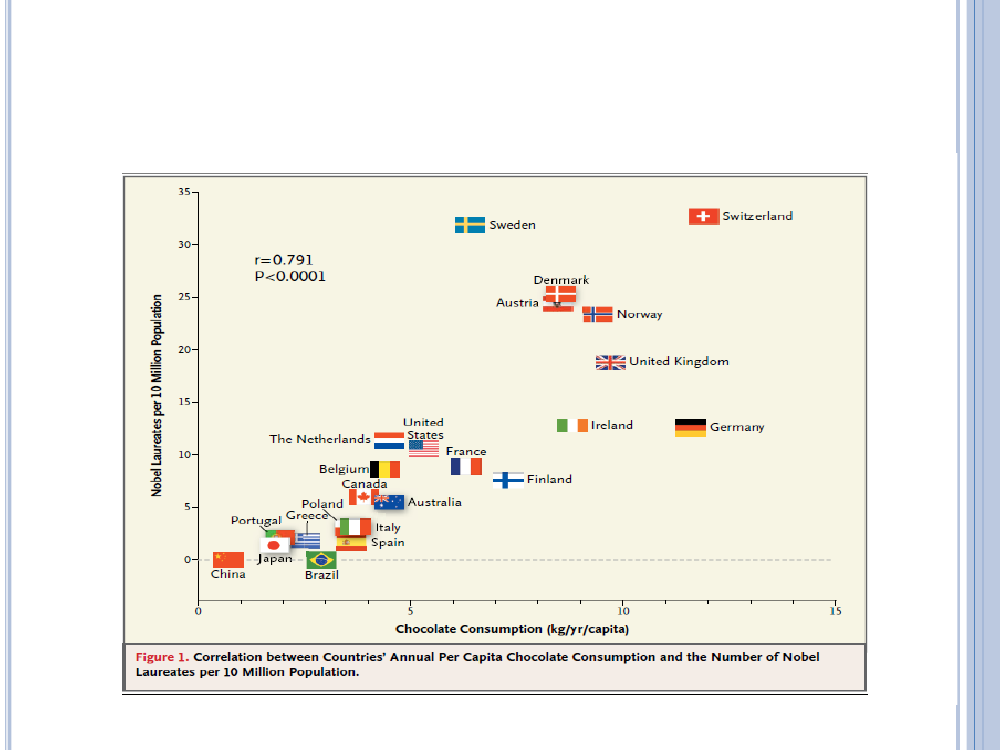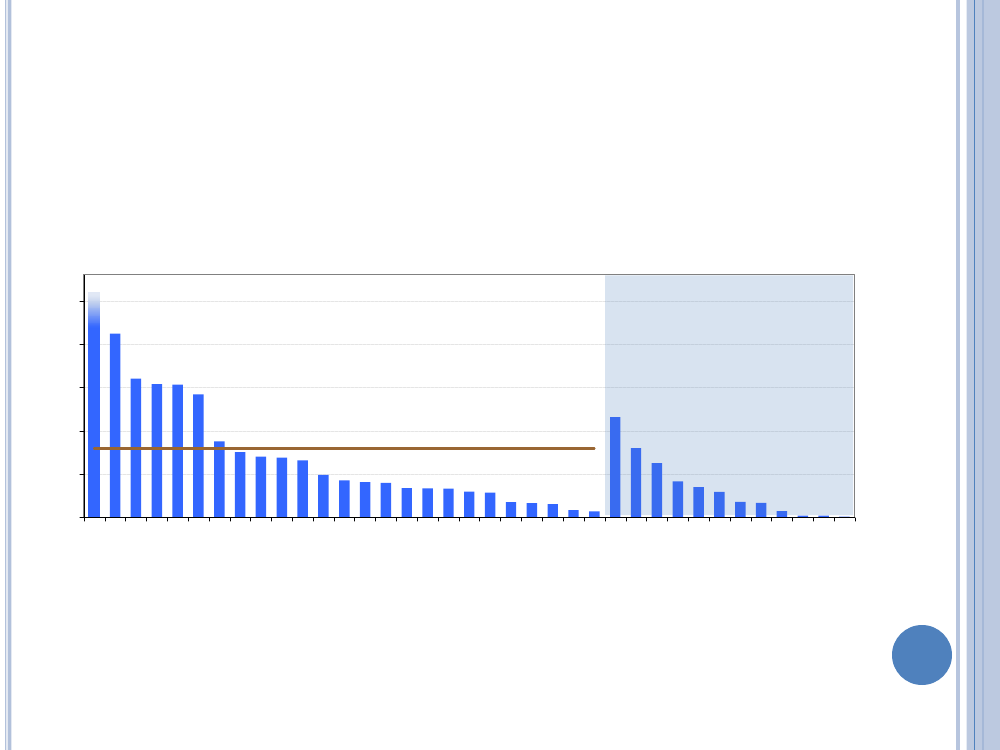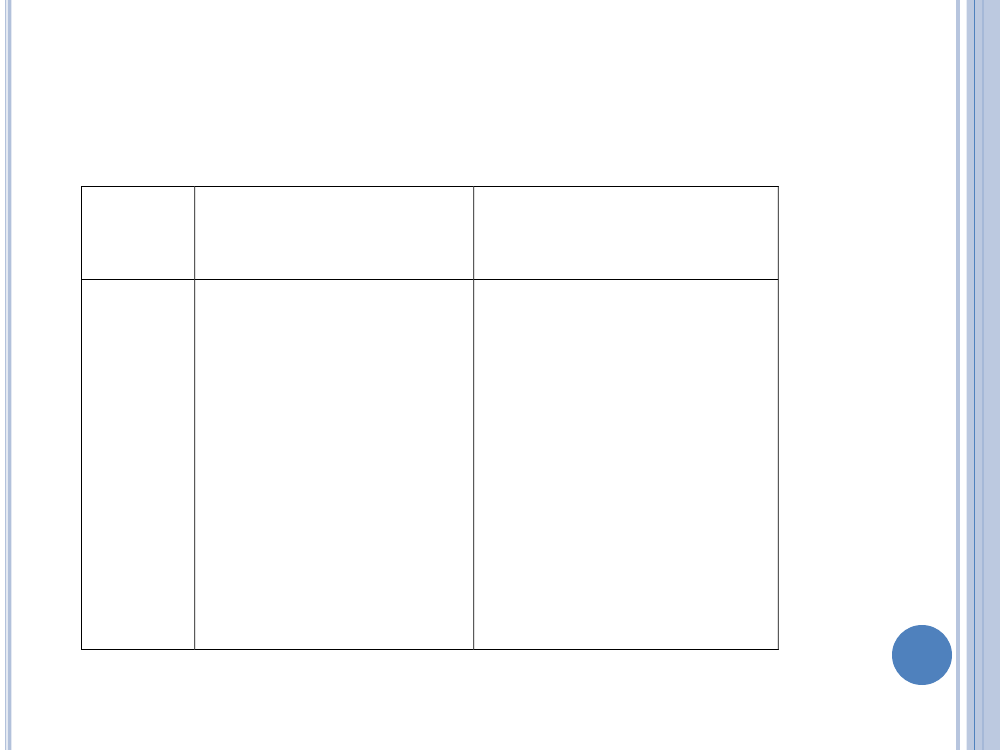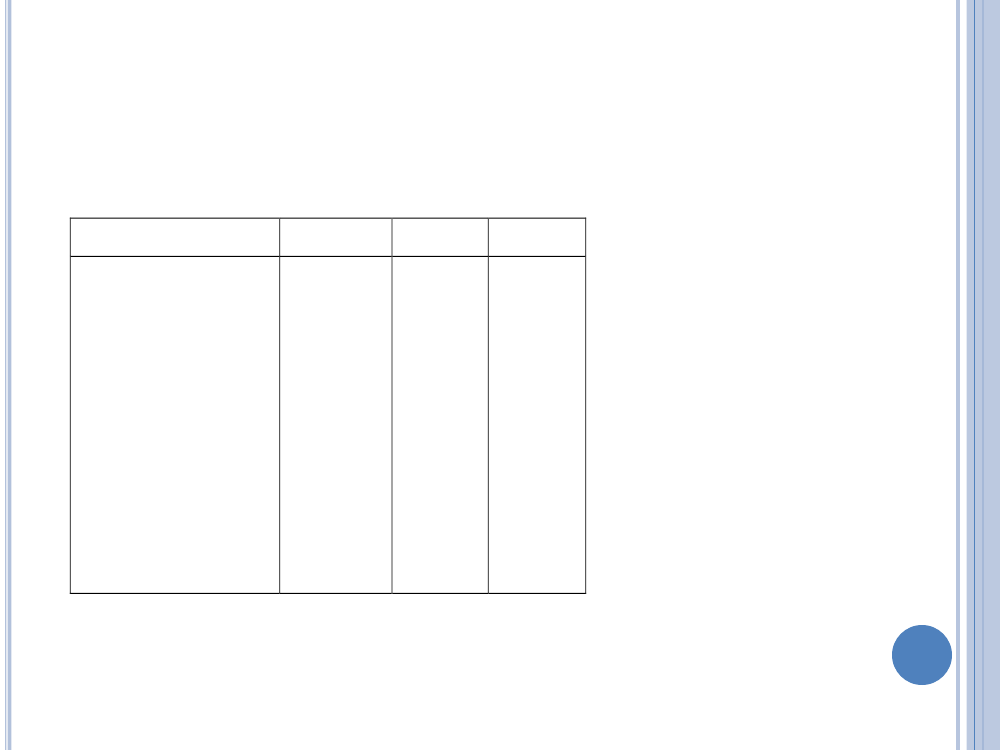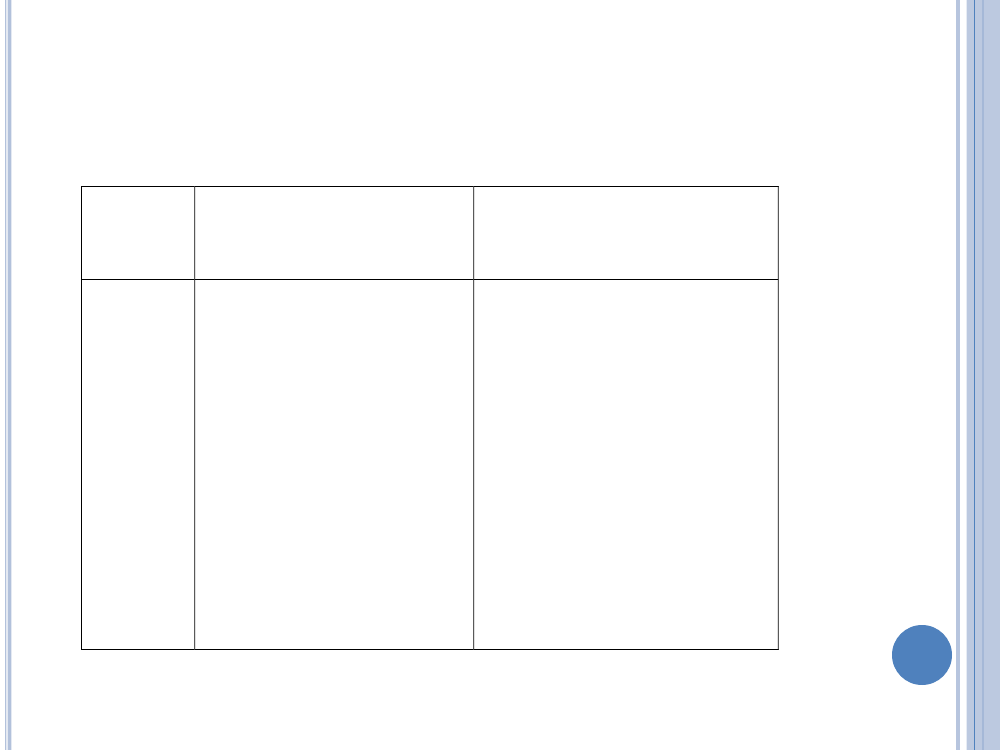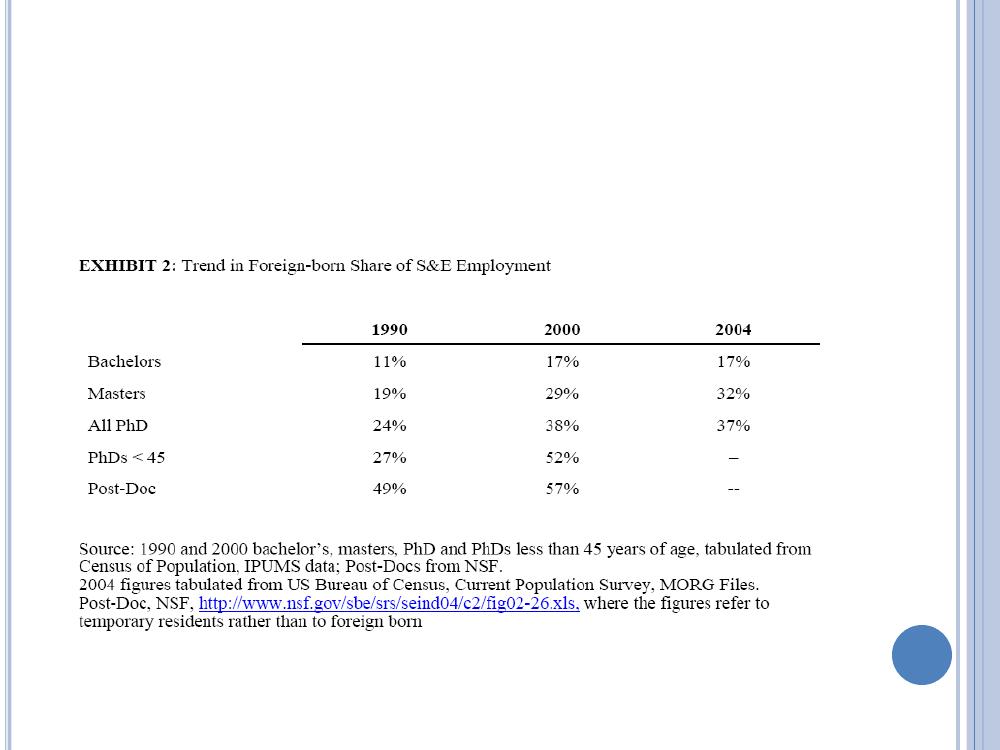Udvalget for Forskning, Innovation og Videregående Uddannelser 2012-13
FIV Alm.del Bilag 102
Offentligt
TALENT–THE NEWPERSPECTIVETor ErikssonProfessor of EconomicsAarhus University
COMPETITIVE PARAMETER
FROM ADANISH
AGENDA
Why do we need more talented from elsewhere?At universitiesIn society (economy)
Student flows: current situation in a comparativeperspectiveAttracting the best and the brightest
ObstaclesChallenges
WHY CARE ABOUT TALENT?Two reasonsImportant for the universities. Danishuniversities have for many decades been of highinternational quality. See figureShanghai list: Two (three) Danish universitiesamong Top 100 (200). In Top 100 Sweden three,Finland one, and Norway oneStill, can and should improveMore importantly, due to growing internationalcompetition, risk of falling behind is bigger thanbefore.
ACTUALLY HAVE BEEN DOING QUITE WELL!SOURCE: NEWENGLANDJOURNAL OFMEDICINE, 2012
FOR SOCIETY,STUDENTS AND THEIREMPLOYERS
Universities’ primary goals: education (producecultured, cultivated inidviduals who learn how tothink and solve problems) and research.Universities the home of latest scientificknowledge. Understand new findings and theirimportance.Most important discoveries (also those withcommercial applications) emanate randomlyfrom basic, not applied, research.Too strong focus on applied research, typicallymeans too strong specialization and a high risk oflocking yourself into an area with little impact.
TALENT IS A COMPETITIVE PARAMETER,BECAUSE OF
The growing integration of the world economy,globalisation of production. Especially small openeconomies need to be prepared for largestructural changes in their economies (industriesbecoming obsolete).Increasing demand for global competenciesGrowth miracles of Japan, Korea and Taiwaninvolved educating their best and brightest youngpeople by foreigners. China’s doing the same;others will follow their examples.For success as in exporting, you need to have adeep understanding of your (potential) market.
INTERNATIONALISATION IS A TWO-WAYSTREET
Easy to understand neighbour countries. Less sofor geographically and culturally more distanteconomies, like the BRIC countries.Danish exports rests on relatively few (butstrong) shoulders.Maybe even more important: to understand yourcompetitors. And as an employee, the foreignowners of your workplace.Diversity of the workforce drives innovation andhelps in understanding of foreign markets
examples: Mærsk, NovoNordisk
TO ATTRACT FOREIGN STUDENTS AND TO
PREPARE OUR STUDENTS FOR THE FUTURE,ITIS IMPORTANT TO HAVE
1. Danish students studying abroad but also to haveforeign students at Danish universities. Not onlyto/from OECD.2. More international faculty and doctoral students atDanish universities.3. More mobility between universities. Already at agood level. Could follow the US example and not allowPhDs to stay at the same university after theirgraduation.Why mobility? Discoveries, new findings travelfast with internet, but the ways of thinking, howto make them is embodied in people.4. More international content in the curriculum.Especially in social sciences and humanities.
RECEIVERS OF INTERNATIONAL STUDENTSChart C4.2. Distribution of foreign students in tertiary education, bycountry of destination (2010)Percentage of foreign tertiary students reported to the OECD who are enrolled inOther non-OECDcountry of destinationeachcountries 15.5%United States� 16.6%
Other OECD countries6.4%Sweden 1.1%United Kingdom� 13%Netherlands 1.2%Belgium 1.3%Switzerland 1.3%Korea 1.4%Austria 1.7%South Africa 1.5%China 1.8%Australia�, � 6.6%Italy 1.7%New Zealand 1.7%Spain 2.4%Germany 6.4%Japan 3.4%Russian FederationFrance 6.3%3.9%Canada� 4.7%1. Data relate to international students defined on the basis of their country of residence.2. Year of reference 2009.3. Student stocks are derived from different sources; therefore, results should be interpreted with some caution.Source:OECD and UNESCO Institute for Statistics for most data on non-OECD destinations. Tables C4.4 and C4.7,available on line.
DENMARK:ABOVEOECDAVERAGEChart C4.4. Student mobility in tertiary education (2010)Percentage of international and foreign students in tertiary enrolments
%41,4
25201510
International students
Foreign students2
OECD average
50ChinaSaudi ArabiaSwitzerlandNorwayIcelandRussian FederationIrelandSwedenSloveniaLuxembourgHungaryFranceSouth Africa1FinlandPortugalGreeceAustriaKoreaCanada�AustraliaNetherlandsDenmarkUnited StatesBelgiumSlovak RepublicEstoniaPolandCzech RepublicTurkeyJapanSpainBrazilChileItalyUnited KingdomNew ZealandIndonesia
1. Year of reference 2009.2. Foreign students are defined on the basis of their country of citizenship, these data are not comparable with data oninternational students and are therefore presented separately in the table.Countries are ranked in descending order of the percentage of international students in tertiary education.Source:OECD. Table C4.1. See Annex 3 for notes (www.oecd.org/edu/eag2012).
MOBILITY PATTERNS OF FOREIGN ANDINTERNATIONAL STUDENTS,SELECTEDCOUNTRIESCountryPercentage of nationalNumber of foreign studentstertiary students enrolled per national student abroadabroad (%)Denmark3.23.6SwedenNorwayFinlandOECDEU21BrazilRussiaChina4.36.73.72.03.60.50.82.02.41.01.32.92.70.42.3n.a.
Source: Education at Glance. OECD, 2012
WHERE DO THEY GO(TO STUDY)?To:OECDEU21NordicsGermanyUKNorth AmericaOceaniaAsia (Japan, Korea)From:DenmarkNorway Sweden97.263.023.56.534.314.84.90.697.875.526.72.723.310.410.40.695.162.323.43.626.717.45.11.0
Source: OECD, Education at glance, 2012
WHERE DO THE INTERNATIONAL STUDENTS INDENMARK(AND SOME OTHER COUNTRIES)COME FROM?From:AfricaAsiaEurope(EU21)(Nordics)North AmericaOceaniaLatin AmericaUnspecifiedTotalTo:DenmarkSweden Germany Netherlands UK2.515.472.4(36.4)(31.3)1.50.41.36.5100.05.745.323.32.40.32.320.6100.09.033.142.72.20.34.68.1100.02.012.281.40.70.12.41.2100.09.350.531.0France42.821.821.3
5.01.90.60.22.05.51.66.5100.0 100.0
MOBILITY PATTERNS OF FOREIGN ANDINTERNATIONAL STUDENTS,SELECTEDCOUNTRIESCountryPercentage of nationalNumber of foreign studentstertiary students enrolled per national student abroadabroad (%)Denmark3.23.6SwedenNorwayFinlandOECDEU21BrazilRussiaChina4.36.73.72.03.60.50.82.02.41.01.32.92.70.42.3n.a.
Source: Education at Glance. OECD, 2012
HOW DO YOU ATTRACT TALENT(STUDENTSAND RESEARCHERS) ?”Best practice”: the United StatesU.S. obtains a large part of its highly qualifiedlabour force from other countries and via theiruniversities; see tableH1-B Visa: ”for workers in specialtyoccupations,… requiring a body of specializedknowledge and a bachelor’s degree or equivalent”.Temporary, granted for three years, renewablefor a total of six years.American high-tech firms and universities worrya lot that this flow of talent would dry up.
US EMPLOYEES EDUCATED IN SCIENCEAND ENGINEERING FIELDS
COLLEGE-EDUCATED IMMIGRANTS AREVERY IMPORTANT FOR THEU.S.ECONOMY
Studies show that:Increases in college-educated immigrants increasespatenting per capita.College-educated immigrants outperform college-educated natives in wages, (commerialized)patenting, publishing and starting up firms (with 10+employees). Differences especially large in science andengineering fields.Immigrants arriving on student and temporary workvisas are the best and brightest.Drastic, temporary cut in number of H1-B visas in2004 resulted in lower academic quality (SAT andGPA scores) of prospective international students.
DANISH HIGHER EDUCATION ANDRESEARCH
Is actually doing very well in many fields, giventhe country’s size and resources spent onuniversities.Can’t rest on our laurels, though.Several small steps in the right direction. Bigchanges, the University Law and the mergers,had little impact and (if any) did probably moredamage than good.
IMPROVEMENTS
Creativity and innovativeness flourish in small, relativelyinformal, groups. Money spent on ”strategic” researchinitiatives or ”programs” mostly pay off very little.Successful research cooperation within/across borders isnota top-down process.Important to note: many countries in the same situation,students and young well educated people much moremobile than others. Know their worth, have alternatives,do not accept being poorly treated.Attracting good foreign students. Offer possibility to stayand work in the country. Old rules, non-EU studentshaving to leave almost immediately after graduation, ahuge waste of money. New rules are better, but stop-gopolicy (now how have enough, now we don’t) sends thewrong signal.The US example does not apply here? In Finland about 70per cent of the foreign students stay in the country aftergraduation.
TALENTED PEOPLE CAN CHOOSE
Current immigration office (SFR) and policies are aconsiderable obstacle to attract talent to firms anduniversities.The reputation is damaged and especially among educatedpeople information travels fast.Many highly educated and talented persons do not planupon arrival to stay for the rest of their lives. Means: de-emphasize the importance of Danish language skills (whenyou’ve decided to stay, you want to learn).Instead, provide services in English: for instance, youcommunicate with newcomers in English and you haveinternational schools for children as in other Europeancountries.Employers and universities are doing more and more tomake foreign talent feel welcome. Would help a lot ifgovernmental policies would work in the same direction.




